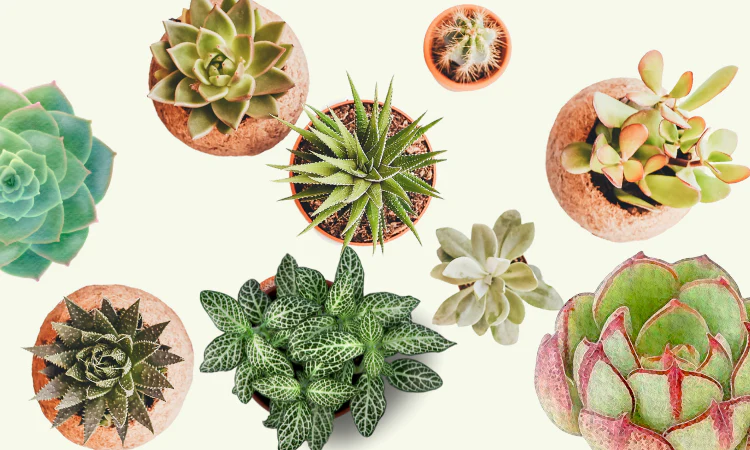Fertilizing plants is essential for their health and growth. The best fertilizer for plants provides the necessary nutrients they need to thrive. Selecting the right fertilizer can be challenging due to the variety of options available. This guide will help you understand how to choose the best fertilizer for your plants.
Understanding Fertilizer Basics
Fertilizers contain key nutrients: nitrogen (N), phosphorus (P), and potassium (K). These are often referred to as NPK. Nitrogen promotes leaf growth, phosphorus supports root development, and potassium enhances overall plant health. The NPK ratio on fertilizer packaging indicates the percentage of each nutrient. For example, a 10-10-10 fertilizer contains 10% of each nutrient. Understanding these numbers helps in selecting the best fertilizer for plants.
Types of Fertilizers
Fertilizers come in various forms, each suited to different needs.
- Granular Fertilizers: These are slow-release and provide nutrients over time. They are ideal for long-term feeding.
- Liquid Fertilizers: These are fast-acting and are absorbed quickly by plants. They are suitable for immediate nutrient needs.
- Water-Soluble Fertilizers: These dissolve in water and are easy to apply. They offer flexibility in feeding schedules.
- Organic Fertilizers: Made from natural materials like compost or bone meal, they improve soil health over time. They release nutrients slowly and are environmentally friendly.
Choosing the right type depends on your plant’s needs and your gardening goals. For instance, liquid fertilizers are beneficial for quick nutrient uptake, while granular fertilizers are better for sustained feeding.
Assessing Plant Needs
Different plants have varying nutrient requirements. Flowering plants often need more phosphorus to support blooming. Leafy vegetables require higher nitrogen levels for foliage growth. Understanding your plant’s specific needs ensures you select the best fertilizer for plants.
Conducting a soil test can provide insights into nutrient deficiencies. Soil tests reveal pH levels and nutrient content, guiding you in choosing the appropriate fertilizer. This step is crucial for effective fertilization.
Application Timing
The timing of fertilizer application affects plant health. Most plants benefit from fertilization during their active growing season, typically from spring through early fall. Applying fertilizer during dormancy, such as in winter, can lead to nutrient buildup and potential harm.
It’s advisable to follow the manufacturer’s instructions regarding application frequency. Over-fertilization can damage plants, while under-fertilization may lead to nutrient deficiencies. Monitoring your plants for signs of nutrient needs helps in adjusting your fertilization schedule.
Organic vs. Synthetic Fertilizers
Organic fertilizers are derived from natural sources and improve soil structure over time. They release nutrients slowly and are less likely to cause nutrient burn. Synthetic fertilizers are chemically formulated and provide immediate nutrient availability. They are effective for quick results but may impact soil health with prolonged use.
Choosing between organic and synthetic fertilizers depends on your gardening philosophy and plant requirements. Organic options are suitable for long-term soil health, while synthetic fertilizers are beneficial for immediate nutrient needs.
Signs of Nutrient Deficiency
Plants exhibit specific symptoms when lacking nutrients. Yellowing leaves may indicate nitrogen deficiency. Poor flowering can result from insufficient phosphorus. Weak stems and slow growth might be due to low potassium levels. Recognizing these signs helps in selecting the best fertilizer for plants to address specific deficiencies.
Best Practices for Fertilizer Use
- Read Labels Carefully: Always follow the manufacturer’s instructions regarding dosage and application methods.
- Water Before Fertilizing: Moist soil helps in the even distribution of nutrients and prevents root burn.
- Avoid Over-Fertilization: Excess nutrients can harm plants and lead to environmental issues.
- Store Fertilizers Properly: Keep fertilizers in a cool, dry place away from children and pets.
- Combine with Compost: Using compost alongside fertilizers enhances soil health and nutrient availability.
Conclusion
Choosing the best fertilizer for plants involves understanding your plant’s specific needs, the nutrient content of fertilizers, and proper application techniques. By considering these factors, you can ensure healthy growth and vibrant plants. Regular monitoring and adjustments to your fertilization strategy will lead to a thriving garden.

